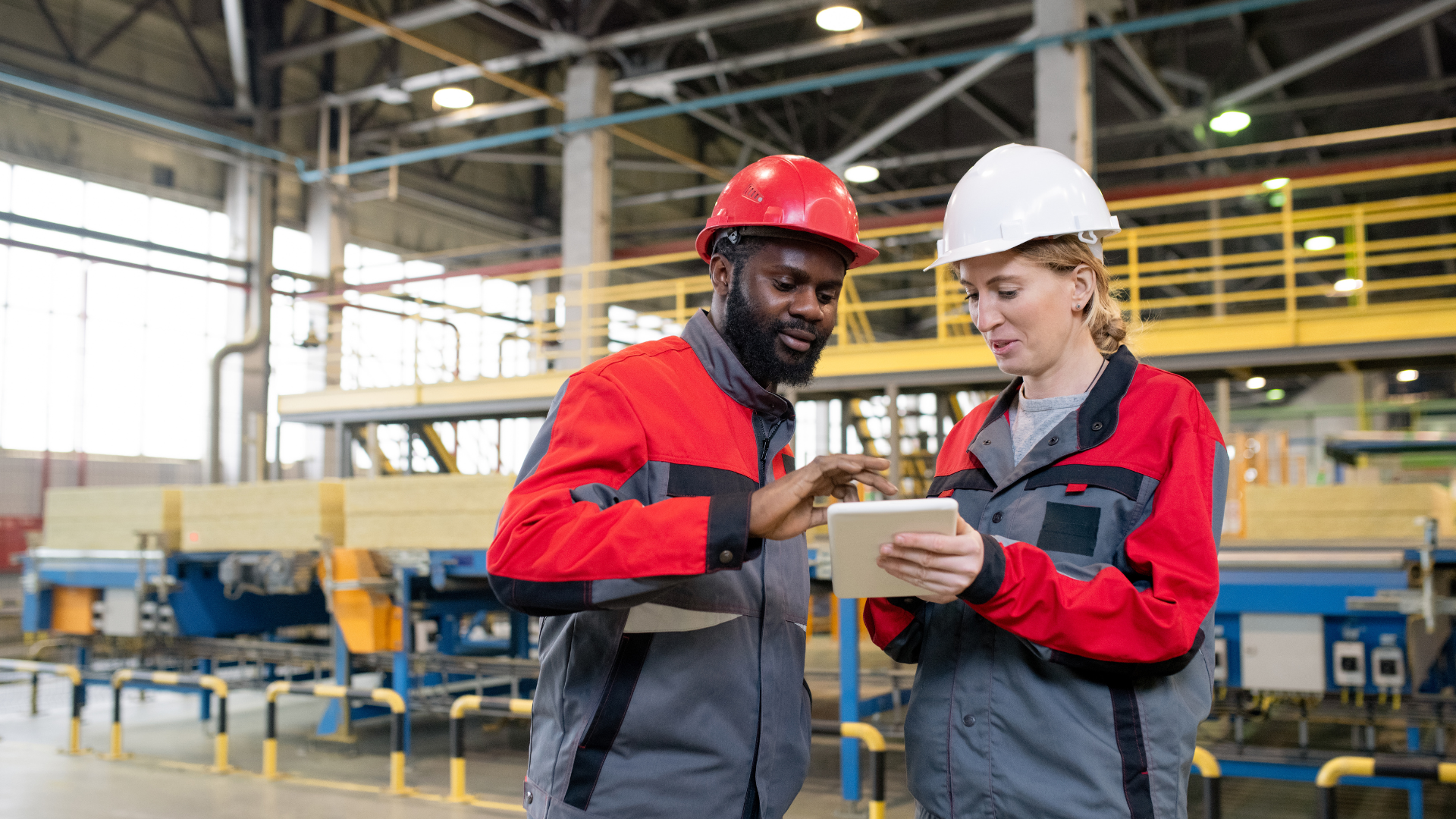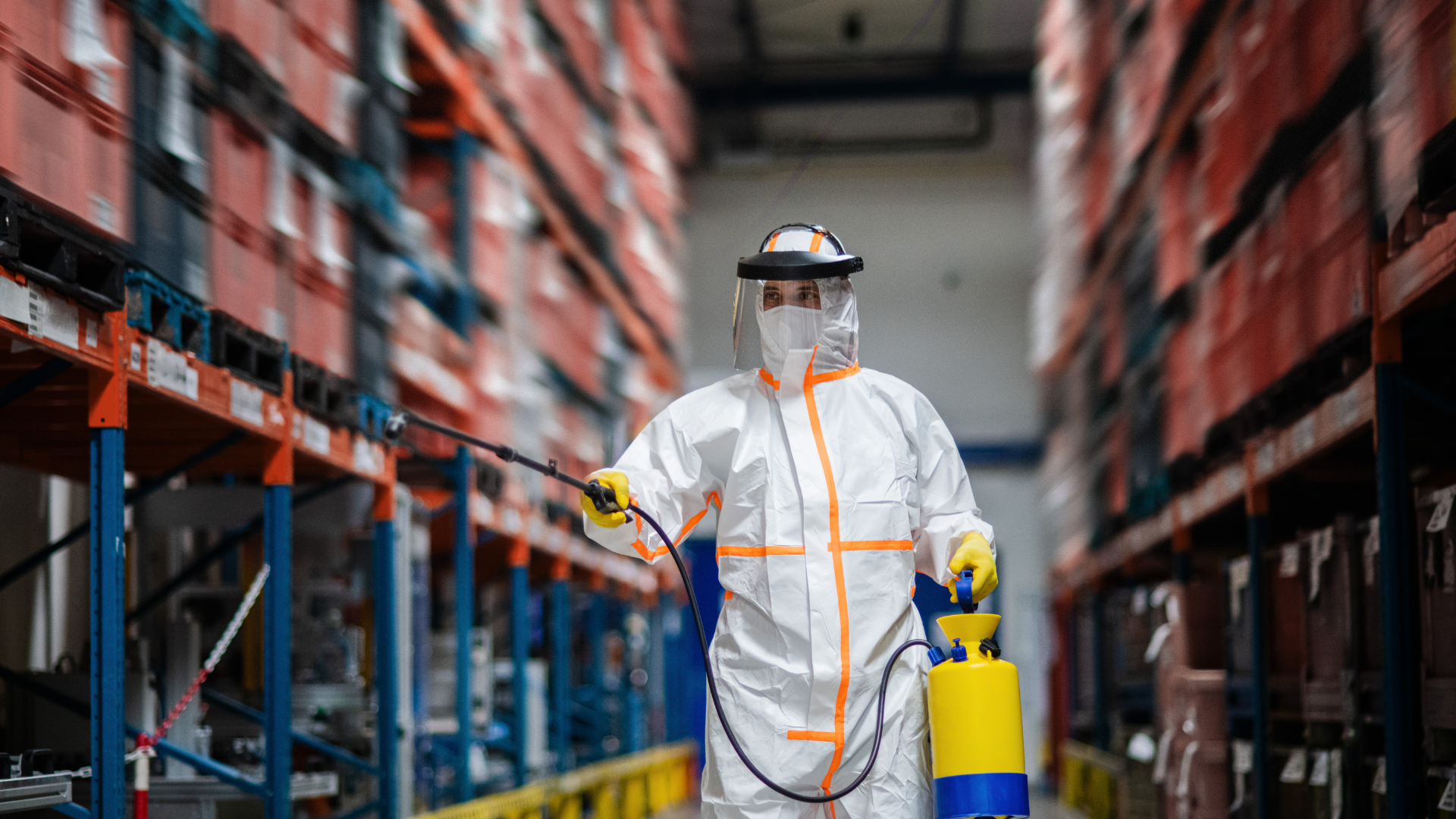Discover the importance of the risk hierarchy in work safety and how it relates to PPE and EPCs
In the workplace, the safety of workers is of utmost importance. Therefore, to ensure a healthy environment free of occupational hazards, it is essential to adopt adequate protection measures.
And, to ensure this security, the factor that plays a key role in establishing a priority order in the implementation of these measures is the Hierarchy of Risks.
In this text, we will explore the importance of Individual Protection Equipment (PPE) and Collective Protection Equipment (CPE) within this hierarchy, highlighting their differences and the relevance of their correct use.
>> Be sure to read: What is job security and why is it so important?
What is the risk hierarchy
The risk hierarchy is an essential concept in the management of safety at work. It consists of a structured approach that defines an order of priority in the implementation of risk control and prevention measures.
The risk hierarchy comprises the following steps:
1 – Elimination of risk
The first step is to eliminate risk wherever possible. This involves identifying and eliminating the source of the hazard and preventing workers from being exposed to it.
2 – risk isolation
If risk elimination is not feasible, the next step is risk isolation. This implies implementing measures that reduce workers' exposure to risk, isolating them through physical barriers and ventilation systems, for example.
3 – Use of EPCs
Collective Protection Equipment (CPEs) come into play at this stage of the hierarchy. They are devices or equipment installed in the work environment to offer collective protection to a group of workers and are intended to minimize risks collectively, protecting a greater number of workers simultaneously.
Examples of EPCs include fire protection systems, safety barriers and ventilation systems.
4 – Use of PPE
Personal Protective Equipment (PPE) is the last line of defense in the risk hierarchy. When all the previous measures are not enough to completely eliminate or isolate the risk, PPE is used by workers to protect specific parts of the body and minimize the risks to which they are exposed.
Common examples of PPE are helmets, gloves, goggles, ear protectors, among others.
The importance of using PPE and EPCs
Although the names are similar, the differences between them are significant. While PPE represents the last line of defense between the worker and the hazard, EPCs act as the last barrier to contain the worker and prevent exposure to the hazard.
The proper use of PPE and EPC is essential to ensure the safety and integrity of workers.
PPE acts as an individual protection barrier, offering a direct defense against the risks present in the work environment. By using adequate PPE, workers reduce exposure to hazards such as impacts, chemicals, noise and radiation, thus minimizing the risk of accidents and occupational illnesses.
On the other hand, EPCs play a fundamental role in the collective protection of workers. This equipment is designed to avoid or reduce risks in the work environment, protecting a larger group of people simultaneously.
By installing physical barriers such as ventilation systems, fire protection systems and other collective safety devices, EPCs contribute to preventing accidents and creating a safer and healthier work environment for everyone.
The importance of correct use of EPIS and EPCs
The combination of the correct use of PPE and EPC is essential to ensure effective protection against occupational hazards. While PPE protects the individual worker, EPCs create a safe work environment for everyone, reducing risks collectively.
Therefore, it is essential that workers are properly trained and aware of the importance of using the PPE indicated for their activities, at the same time that the company must invest in the implementation and proper maintenance of EPCs.
These equipment are key pieces in the risk control hierarchy, providing effective protection for both the individual and the collective, contributing to a safer and more productive work environment.
>> Read also: PPE and EPC: Differences and Importance
The legal labor part
The use of PPE is mandatory to protect workers against the specific risks of their activities.
Likewise, the availability and proper use of EPCs are equally important.
In addition, it is critical that companies provide the necessary EPCs and ensure their proper maintenance and functioning, just like PPE.
The responsibility for providing effective protective equipment in good condition lies with the employer, who must comply with occupational health and safety standards. This ensures that workers have access to the resources they need to safely perform their tasks.
In addition to the mandatory use of PPE and EPCs, it is important to emphasize the right of workers to refuse to perform an activity when they identify a situation of imminent danger.
This right is supported by labor legislation and aims to protect the physical integrity and health of workers.
When a worker is faced with a dangerous work front, he has the right to interrupt his activities and immediately inform his superior.
The employer must assess the situation, investigate the identified danger and take the necessary measures to eliminate or mitigate the identified risk. Only after adopting the appropriate control measures can work be resumed.
This right of refusal is essential to guarantee the safety of workers, encouraging them to react in situations of danger that could compromise their health and physical integrity.
It is important that employers are aware of this prerogative and act in accordance with the legislation, promoting a safe work environment and respecting the rights of employees.
>> Read also: EN: Work Permit
Protect the safety and integrity of workers
In short, the proper adoption of PPE and EPCs is essential to protect the safety and integrity of workers. While PPE offers direct individual protection, EPCs contribute to collective protection in the workplace.
By following the risk hierarchy and using this equipment correctly, companies and workers can ensure a safer work environment, reducing occupational hazards and promoting the health and well-being of all.
Provide more security to your employees with BMS Integration!
BMS Integration is the most complete digital security and integration platform on the market. With it, it is possible to optimize and automate all of your company's document and process management quickly and effectively, reducing about 95% of the workload.
Do you want to know what BMS Integration can do for your company? Request a demo now!

















